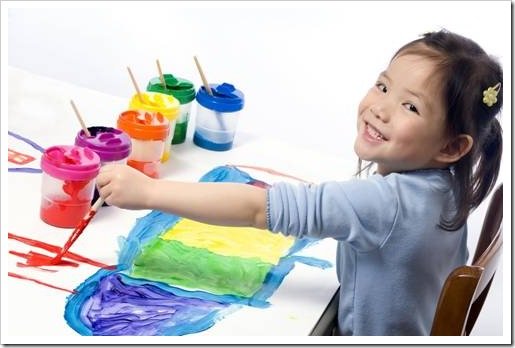Colour and Memory Abilities in Pupils (Test guides Included) - An Original Study

Introduction
While researches has establish several factors that affect the learning abilities in pupils which may be school or home related, more recent studies are seeking to foster aesthetics within the learning environment and how it can enhance learning.
The aesthetics of school environments as well as classroom settings with various paint colours, art works and sculptures has a way of influencing learning among pupils.
The effect posed by aesthetics of the leaning environment is believed to be linked with the psychological reasoning of pupils since since some colours are psychological pacifiers.
Man is a sensory creature, and thus reacts to the stimuli of his environment. Since the environment educates, it is necessary to evaluate and assess the educational environment and its stimuli.
Good memory is essential for independent living, staying focused, completing tasks and getting good grades. Much more in academics, good memory is crucial to measuring academic performance.
What is Colour
Colour is the property possessed by an object of producing different sensations on the eye as a result of the way it reflects or emits light. Colours are used in various fields for many purposes: for decorating, highlighting, attracting attention, emphasizing the message and the like.
Meaning of Colours
Since it is believed that color impacts memory, it is important to know what different colors mean or represent. Below are the submissions of Jacob Olesen:
- Red - represents passion, danger, anger, vigor, etc
- Green - represents - eco-friendly, peace, environmentally friendly, fertility and healing
- Blue - represents - Peace, knowledge, trust
- Black - represents - mourning, death, evil, negativity, elegance
- Purple - represents - wisdom, spirituality intelligence, royalty
- Yellow - represents - clarity, energy, intelligence
- Pink - represents - feminine, playful, romantic
- Orange - represents - warmth, balance, freedom, expression, success
The Study
The study was concerned with measuring the effect of Colours on Pupils’ Ability to Spell and Write Words.
Selected pupils aged 7 to 9, in a primary school were assembled in a classroom for teaching of three-lettered words (Bat, Cat, Rat, Hat, Mat, Pet, Wet, Set, Net, Jet, Pot, Dot, Hot, Not, Lot, Pin, Sin, Win, Tin, Bin) printed using four colours: Yellow, Red, Blue and Black. The words were boldly written using white cardboard papers. Tests were administered on the pupils after one week.
The result of the study revealed that primary school pupils’ ability to spell and write words were affected by colours with which the words are printed.
Truly, colours can contribute to the improvement of the learning process and learning performances of students in terms of writing. It is evident that colour improves the creative ability of an individual such as in painting and colouring
Evaluation Task
The Instructor is expected to have presented the three letter words printed in different colours in the previous class. Now uses a score sheet to test pupils memory ability of the words.
- Spell and write the word ____:
- Point the word ____ on the board
- Pronounce the word pointed
- Mention the coloured (mention colour) words
It is beautiful to make this first submission to the @steemiteducation community and I'll gladly set @steemiteducation as a beneficiary of part of the post's reward.
